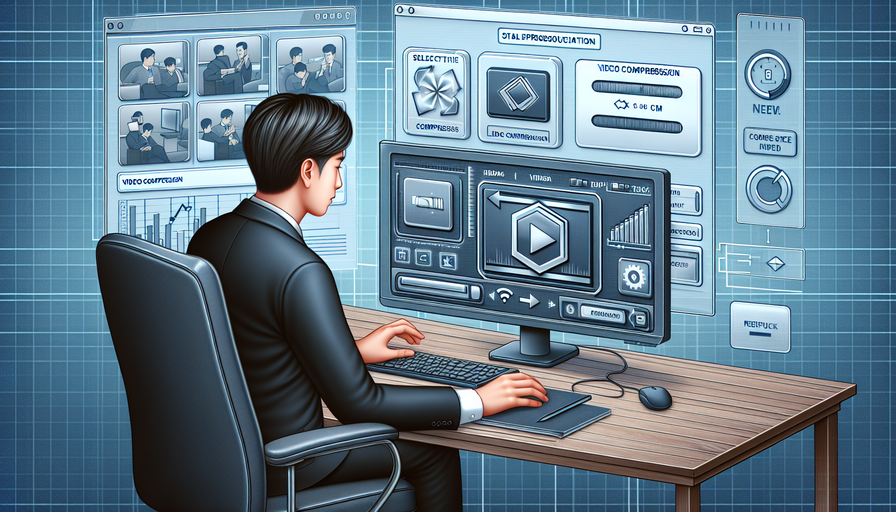Updating your graphics driver is a crucial task that can help improve the performance of your computer, especially when it comes to gaming and graphic-intensive applications. In this guide, we will walk you through the steps to update your graphics driver effectively.
Why Update Your Graphics Driver?
Before we dive into the process of updating your graphics driver, let’s understand why it is essential. Graphics drivers are software programs that enable communication between your operating system and the graphics hardware in your computer. By updating your graphics driver, you can benefit from improved performance, additional features, bug fixes, and enhanced compatibility with the latest games and applications.
Check Your Current Graphics Driver
The first step in updating your graphics driver is to identify which graphics card you have and determine the current version of the driver installed on your system. You can do this by:
1. Right-clicking on the Start menu and selecting “Device Manager.”
2. Expand the “Display adapters” section to view your graphics card.
3. Right-click on your graphics card and select “Properties.”
4. Navigate to the “Driver” tab to see details such as the driver version and date.
Visit the Manufacturer’s Website
Once you know which graphics card you have, visit the manufacturer’s website (such as NVIDIA, AMD, or Intel) to download the latest driver for your specific model. It is crucial to download drivers directly from the manufacturer’s website to ensure compatibility and avoid potential issues.
Download and Install the Latest Driver
Follow these steps to download and install the latest graphics driver on your computer:
1. Locate the support or drivers section on the manufacturer’s website.
2. Enter details such as your product type, series, model, and operating system.
3. Download the latest driver available for your graphics card.
4. Run the downloaded file and follow on-screen instructions to install the new driver.
5. Restart your computer after completing the installation process.
Use Automatic Driver Update Tools
If you find it challenging to manually update your graphics driver, consider using automatic driver update tools such as NVIDIA GeForce Experience or AMD Radeon Software Adrenalin Edition. These tools can scan your system for outdated drivers and automatically download and install updates for you.
Verify Successful Installation
After updating your graphics driver, it is essential to verify that it has been installed correctly:
1. Go back to Device Manager by right-clicking on Start > Device Manager.
2. Check under Display adapters if your updated graphics card is listed.
3. Verify that the new driver version is displayed in Properties > Driver tab.
Conclusion
Updating your graphics driver is a simple yet effective way to enhance performance, stability, and compatibility with various applications on your computer. By following this step-by-step guide, you can ensure that your system remains up-to-date with the latest drivers from manufacturers like NVIDIA, AMD, or Intel. Remember always to check for updates regularly to enjoy optimal performance from your graphics hardware.


